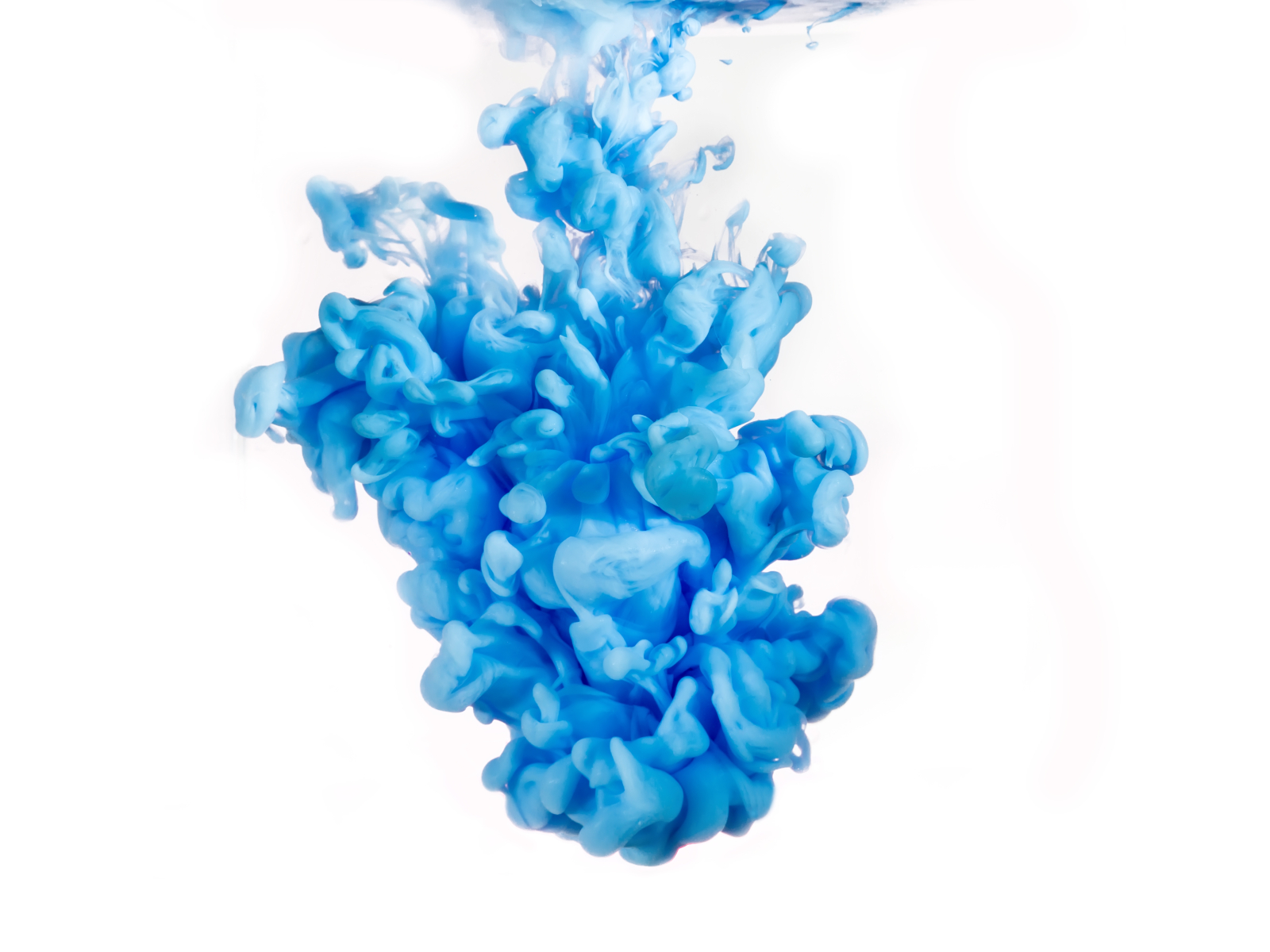
When it comes to choosing ink for fountain pens, there are two main types to consider: dye-based ink and pigment-based ink. While both have their own unique advantages and disadvantages, understanding the differences between the two can help you make the right choice for your writing needs.
Dye-based ink is a type of ink that uses dye molecules to create its color. This type of ink is known for its vibrant and intense colors, making it a popular choice. However, dye-based ink is not as resistant to fading, or water, as pigment-based ink, which means that it can lose its color over time if exposed to light or air, or wash away completely if exposed to water.
Pigment-based ink, on the other hand, uses pigment particles to create its color. This type of ink is known for its resistance to fading and water, making it ideal for use in documents that need to last for a long time. Pigment-based ink also tends to be thicker and more viscous than dye-based ink, which can affect the ink flow in some fountain pens.
Technically speaking, the difference is that dyes are soluble in the host material—typically water—while pigments are not ... dyes are absorbed by the colored substrate and pigments need a binding agent in order to adhere to the surface.
Color Vision and Colorimetry: Theory and Applications, Second Edition Daniel Malacara
The differences between the inks
One key difference between dye-based ink and pigment-based ink is how the color is created. Dye molecules dissolve in the ink solvent, creating a solution that evenly distributes the color. This means that dye-based ink is usually thinner and more fluid than pigment-based ink, which can be advantageous for writers who prefer a smoother flow and faster drying times.
On the other hand, pigment particles are suspended in the ink, creating a more opaque and concentrated color. Because pigment particles are not soluble in the ink solvent, they tend to be thicker and more viscous than dye-based ink. This can make pigment-based ink more prone to clogging in certain types of fountain pens, especially those with finer nibs. However, modern pigment inks, from newer formulations, are less likely to gunk up and clog fountain pens.
Due to their solubility, dye-based inks tend to be more prone to fading than pigment-based inks. This is because the dye molecules can be affected by light and air, causing the color to gradually decompose over time. In contrast, pigment particles tend to be more stable and resistant to fading, making pigment-based ink an ideal choice for archival purposes.
Another advantage of pigment-based ink is its water resistance. Because pigment particles do not dissolve in water, they are more resistant to smudging or running when exposed to water.
It's worth noting that there are some hybrid inks on the market that combine the best qualities of both dye-based and pigment-based ink. These inks use a combination of dye and pigment particles to create a color that is both vibrant and fade-resistant. A good example is they Uni-Ball Jetstream Hybrid ball pen.
Popular fountain pen inks
One example of a popular pigment-based ink is Platinum Carbon Ink. This ink is known for its waterproof properties, making it a great choice for artists and writers who need their work to be resistant to water damage. Mattiasa Adolfsson includes Platinum Carbon among his drawing tools
Sailor Souboku ink is another popular pigment-based ink that is well-known for its rich, deep color. This ink is made using traditional Japanese methods, and it is known for its archival and lightfast properties. This means that it is resistant to fading over time.
Nagasawa Kobe Ink is a dye-based ink that is known for its vibrant colors and smooth flow. It is available in over 80 color options, which make it easy to find the perfect shade to match your pen or notebook.
The vibrancy of dye ink
Although pigment-based ink offers several advantages, there are still good reasons why someone might choose to use dye-based ink instead.
One of the main advantages of dye-based ink is its vibrant color. Dye-based inks tend to be more saturated and brighter than pigment-based inks. Just look at the bright and beautiful colors available from Sailor and other brands.
Another benefit of dye-based ink is its ability to produce subtle shading and color variations. Because dye molecules dissolve in the ink solvent, they are more easily spread out and mixed with other colors. This allows for more complex color blending and the creation of beautiful gradients and fades. Dye-based inks can be an excellent choice for when you want shade and character in your writing.
In addition to its vibrant color and subtle shading abilities, dye-based ink is generally easier to clean and maintain than pigment-based ink. Because dye-based ink is more soluble in water, it can be more easily flushed out of fountain pen mechanisms and cleaned from pens, making it less likely to cause clogs or damage to your pen.
Lastly dye-based ink can be more affordable. Dye-based inks tend to be less expensive than pigment-based inks, making them more accessible to a wider range of artists and writers. This can be especially important for students or beginners who are just starting to experiment with fountain pens and ink.
All the wonderful ink
While pigment-based ink offers superior water resistance and archival properties, dye-based ink offers vibrant colors, subtle shading abilities, ease of maintenance, and affordability.
If you need a waterproof and fade-resistant ink, then pigment-based ink is the way to go. If you prioritize color vibrancy and smooth ink flow, then dye-based ink may be the better choice. Regardless of which type of ink you choose, be sure to consider its archival and lightfast properties to ensure that your work will last for years to come.